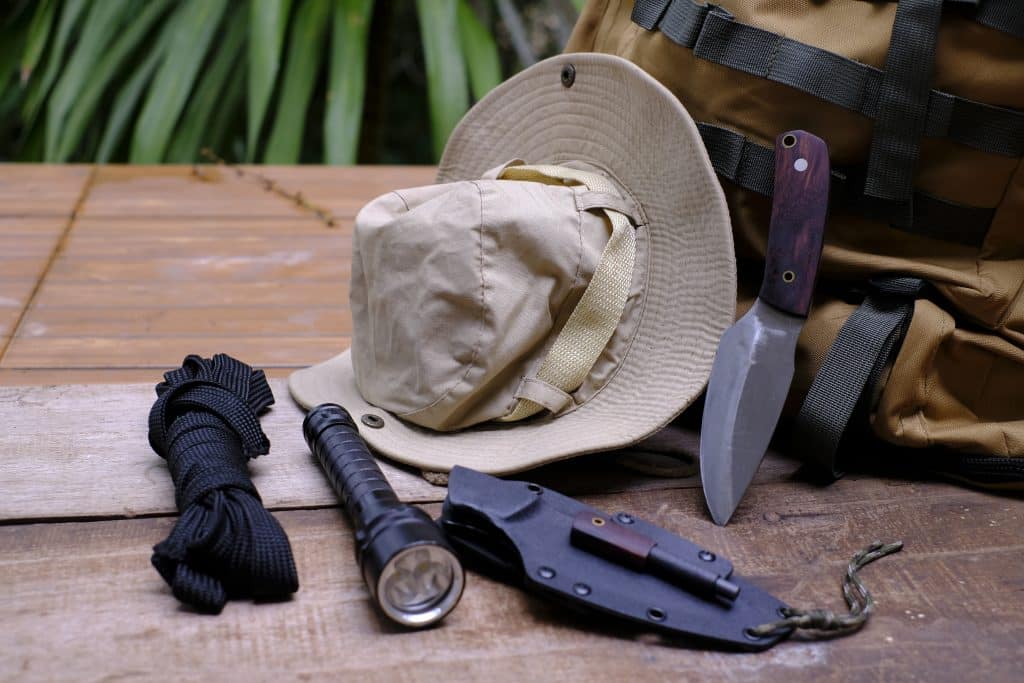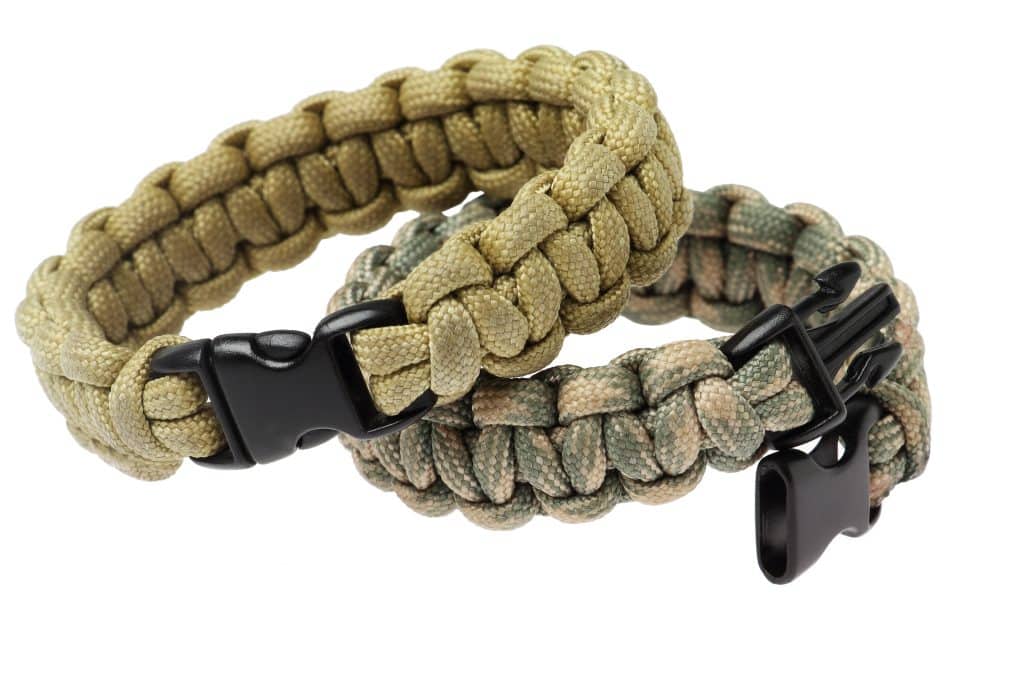Paracord, or parachute cord, is a versatile and robust type of rope used in various ways throughout history. From military uses to outdoor adventures, paracord has become a staple for its practicality and durability. This article will explore the practical benefits of paracord, including emergencies, fashion statements, and crafting projects.
History and Origins of Paracord
Initially used by the military during World War II for parachutes, paracord has evolved into a popular tool for survivalists and outdoor enthusiasts. The cord is made of nylon and consists of a kernmantle structure with a braided outer layer and a series of inner strands. The versatility of the line has led to its use in various ways outside of its original purpose.
Paracord, initially made of nylon, has been manufactured using other materials such as polyester, polypropylene, and Kevlar. However, nylon remains the most commonly used material due to its strength, durability, and resistance to abrasion.
Paracord Emergency Uses Overview

In emergencies, a paracord can be a lifesaver. The strength and durability of the cord make it useful for a variety of purposes, including:
Rope and Twine Utility
Paracord can be used as a rope to tie down objects, hang items, or secure a shelter. It can also be used as twine to tie up things or create a makeshift fishing line.
Fishing Line Application
One can create a fishing line by unraveling the inner strands of the paracord. This can be especially useful in emergencies where food is scarce.
Bootlace Replacement
If a bootlace breaks, a paracord can be used as a replacement. Its strength and durability make it a reliable alternative.
Splint Creation
Injuries in the wilderness can be challenging to treat, but paracord can create a splint. Wrapping the cord around a broken limb and securing it can temporarily splint until medical attention is available.
Litter Making
If someone is injured and must be carried out of the wilderness, a paracord can create a makeshift litter. A stretcher can transport the injured person by tying branches and securing them with a paracord.
Fashion Statement vs. Practicality
In addition to its emergency uses, paracord has also become a famous fashion statement. Paracord bracelets are a standard accessory, but they can also be used in practical ways.
Paracord Bracelets
Paracord bracelets can be unraveled in emergencies to provide a length of cord. This can be useful for creating a shelter or tying down items.

Quick Deployment Paracord Items
Paracord can also create quick deployment items, such as keychains or lanyards. These items can be unraveled to provide a length of cord in emergencies. However, larger quick-deployment examples include handbags, handle wraps, and, most importantly, quick-deploy bundles.
The bundles consist of legs of paracord folded and then wrapped from end to end, leaving you with something that looks like a stick of rope. Some people store their electrical cords this way.
These quick deployment bundles have also picked up a lot of various names on the internet. Still, they are the same thing, including fast rope, rapid deployment, rope ladder, rope bridge… and the list goes on and on (sorry, I think it is pointless to list them all literally).
Paracord Crafting Guide
For those interested in crafting, paracord can be used to create various items, including bracelets, rifle slings, and dog collars.

Braiding Techniques
Various braiding techniques can be used to create different patterns and designs with paracord. These techniques can be found online or in crafting books.
Creating Paracord Bracelets
Paracord bracelets can be created using a variety of braiding techniques. There are also kits available for those who are new to crafting.
Making Rifle Slings
Rifle slings can be created using paracord and a few other materials. These slings are durable and can be customized to fit the user’s needs.
In addition to bracelets and rifle slings, many other crafting projects can be made using paracord. One popular project is creating a survival belt, which can be used in emergencies and as a fashionable accessory.
For those who enjoy outdoor activities, a paracord hammock or camping chair can be made using sturdy knots and braids. Additionally, paracord can create unique and functional dog leashes or collars.
Crafting with Paracord can be a fun and rewarding experience but also comes with challenges. One of the biggest challenges is working with the tight and stiff nature of the cord, which can make it challenging to manipulate and weave. Additionally, paracord can be prone to fraying, making achieving a neat and polished finished product difficult. Using the right tools and techniques to prevent fraying and ensure a clean final result is essential. Another challenge is selecting the right type and thickness of paracord for each project, as different projects may require different levels of strength and durability. Despite these challenges, with patience and practice, anyone can master the art of paracord crafting and create beautiful and functional items.
Concluding Thoughts: Paracord Value
Paracord is a valuable tool for emergencies, outdoor adventures, and crafting projects. Its versatility and strength make it a reliable choice for those who value practicality and durability.
Check out this video I found. I thought it was interesting and worth sharing. It was the original inspiration for this article.
